Jon,
Non-cat equipped 928 S4s have a CO adjustment, just as the previous generation
LH models did. However, the CO adjustment for the S4s is NOT done at the MAF.
There is a potentiometer located just below the coding plug. It could be that
you just need a few cranks at the pot to bring down the CO.

This is a simple potentiometer, resistance is 1k ohm (1000 ohm).
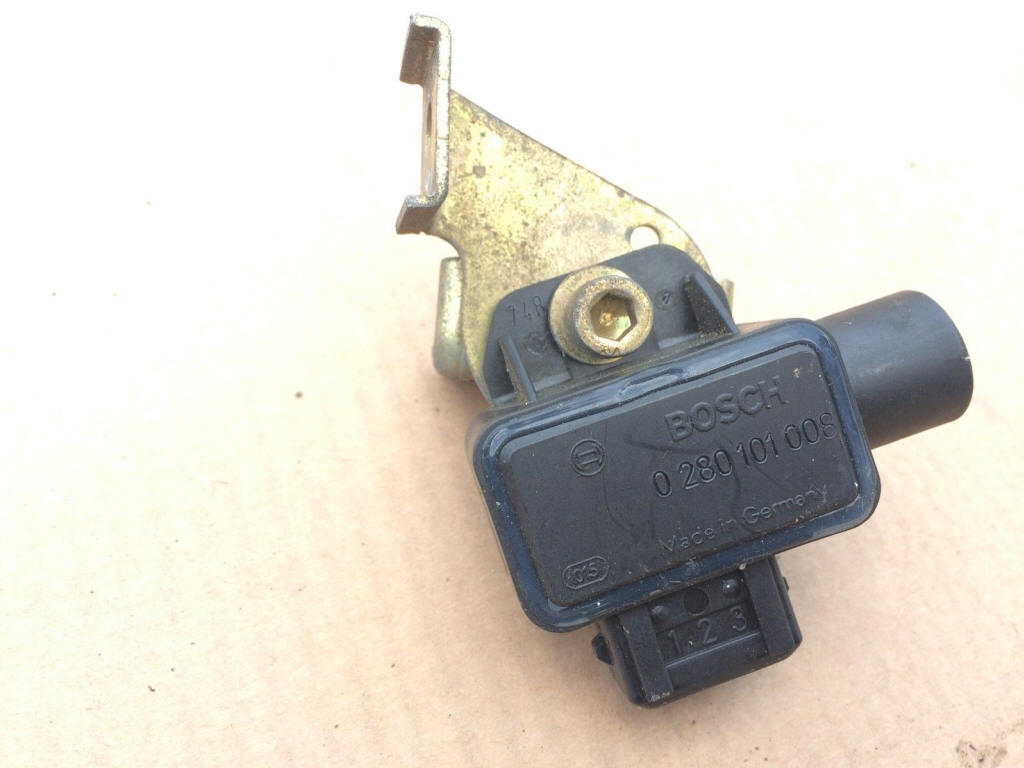
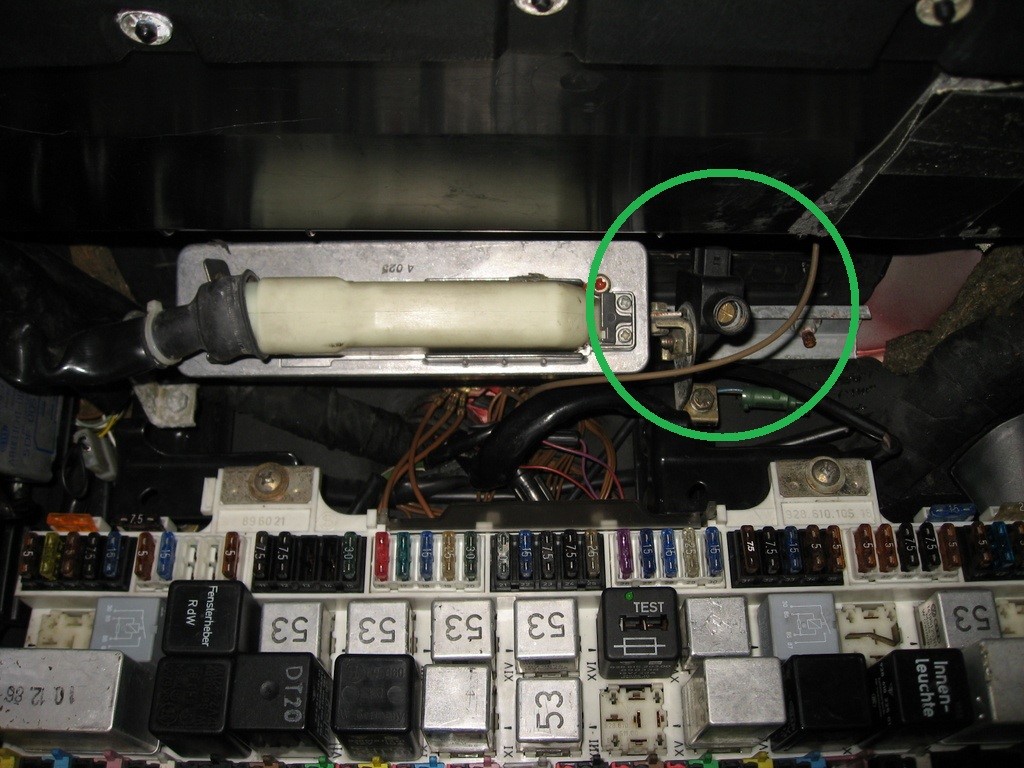
Look to MY 1987 Service Information Technik WKD 493.421 page 2-15 (scanned page
43 of 134)
The instructions are:
Engine at operating temperature
Additional air injection disconnected and plugged
No equipment running
Cars with automatic transmission in P
Test value: idle speed 675 +/- 25 RPM
Test value ignition timing 10 +/- 2 deg. before TDC
Idle speed CO: 0.5 to 1.5 % by volume
Good luck,
Rich
www.electronikrepair.com
'93 GTS
'87 S4
'79 Euro track beast
====
CO
adjustment for S4 without lambda.pdf
====
The lambda sensor connection to the LH must be bridged. The original bridge
connector looks like this...
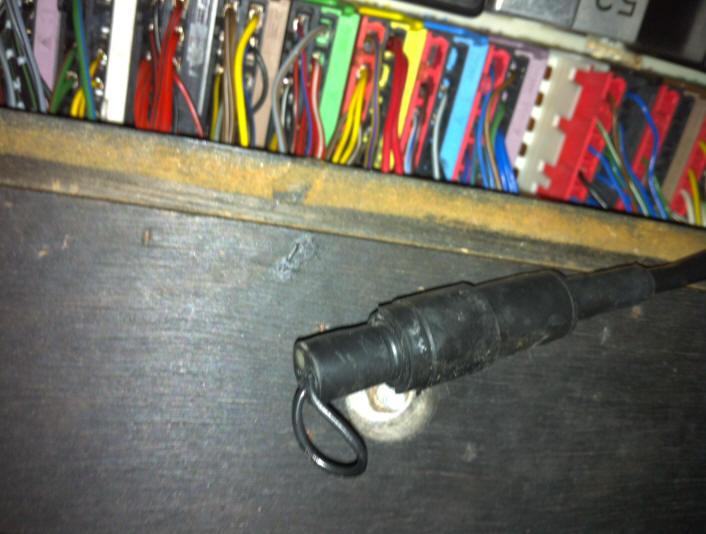
-----
Hi Rich
Mistakenly I thought (and had done since 2003) my pot that was set near to
correct based upon the resistance across the two connected pins. I had the wrong
pins so instead of the 328 ohms I should have had (Bosch baseline setting) I had
the 800 or so ohms from the other side of the scale.
It's about a million +/- from one end to the other - so out comes electric
screwdriver.
What I am curious about is whether I will get close to the required standards
just by adjusting the CO pot. The test didn't incorporate much idling (My
understanding is that the mixture setting only affects idle mixture - I'd love
to proven wrong) although I suspect the operator who did the test was pushing
the clutch in on the simulated slowing down elements which will remove the
benefit of the fuel cut off at over 1300 rpm.
I noted on the forum that a guy called Michael with an 88S4 failed what I think
was a similar test procedure with no cats in the US. His results would have
passed the test I did.
I'll keep you informed.
Jon
------
The pot on the side of the MAF is NOT connected to any electronics inside the
MAF. On Euro S2(84-86) and US 32v 85.86 it is connected to a pin on the LH2.2
ECU. This then adjusts the idle pulse width.
On the non cat S4's and later cars, the pot on the MAF is no longer accessible,
so a remote pot was fitted above the fuse/relay panel.
On cat equipped cars, the O2 loop sets the idle CO, so the pot is not fitted.
So on S4 and later, adjusting the pot on the MAF has no effect at all.
__________________
John '8MA6 Euro S2
------
This is the connector that connects the CO potentiometer to adjust the
mixture.
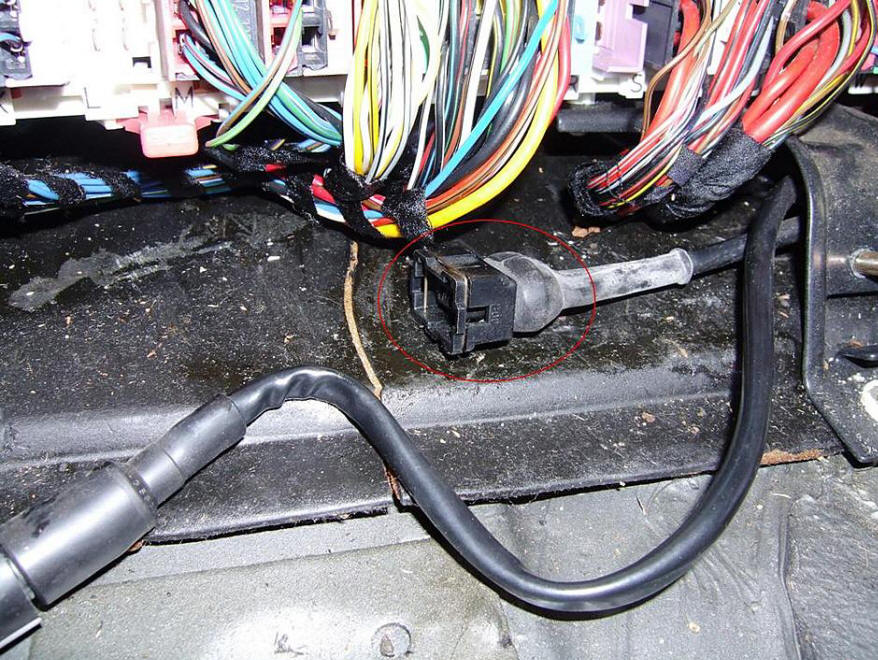
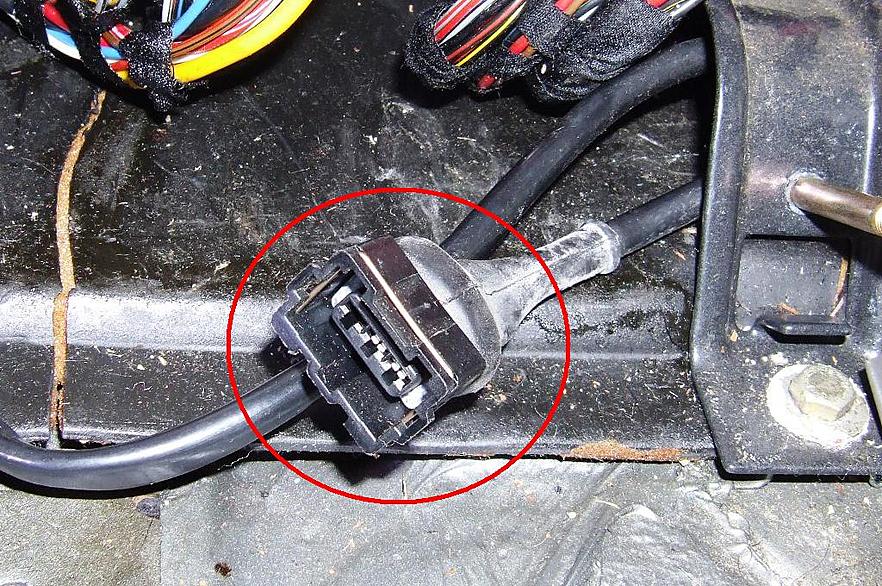
Cars that were fitted with catalytic converters were also fitted with
narrow-band O2 (NBO2) sensors which allowed the LH fuel brain to automatically
adjust air/fuel ratio to stoichiometric at idle and part-throttle. The cats
needed this to operate properly, and it also eliminated any manual idle-mixture
adjustment.
In markets where cats were not required, the NBO2 sensor was also omitted and
the LH ran open-loop all the time, just using its map values for fueling. But
component tolerances (primarily small variations in MAF output) required a means
of adjusting idle mixture. In the carb days that was the idle-mixture screw but
with computers it is done by a potentiometer which simply tells the computer
what changes to make to fueling at idle (and lower-RPM/light-load). It is set by
connecting an exhaust gas analyzer and setting the CO level to spec.
In 85/86 the pot was in the MAF, a location that mimicked the old idle-mixture
screws but was impossible to get to. For 87+ it was moved to the panel that
mounts the EZK/LH boxes. The pot connector is shown in the lower-right corner of
the page 10 of the electrical diagrams-- "Potentiometer not applicable with Cat
Conv". But it is actually the NBO2 sensor which eliminates the need for the pot.
Cheers, Jim
__________________
Jim & Sue Corenman

------
The CO potentiometer is identical to a Mercedes part:
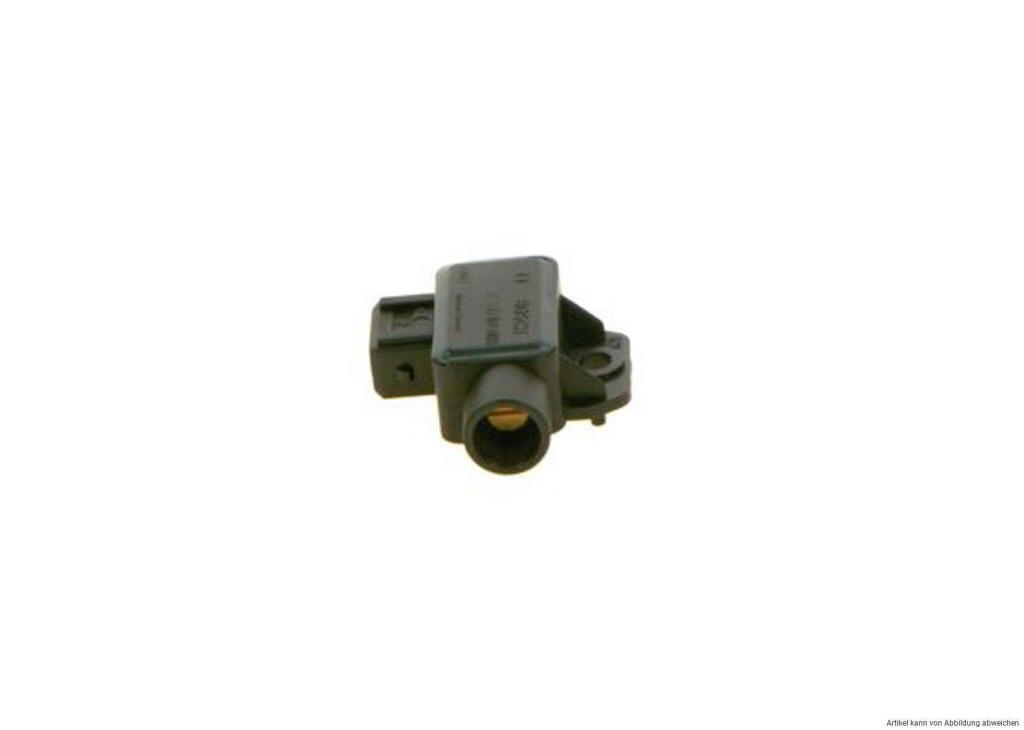
BOSCH Einstellpotentiometer Leerlaufgemisch 0 280 101 008 für MERCEDES KLASSE SL





